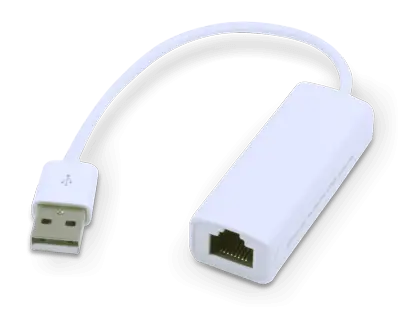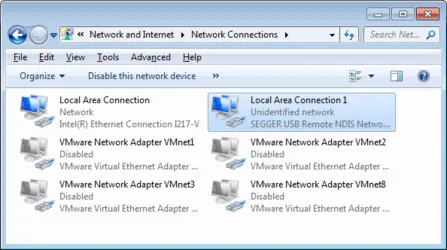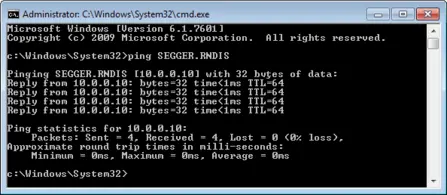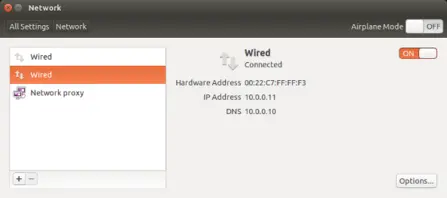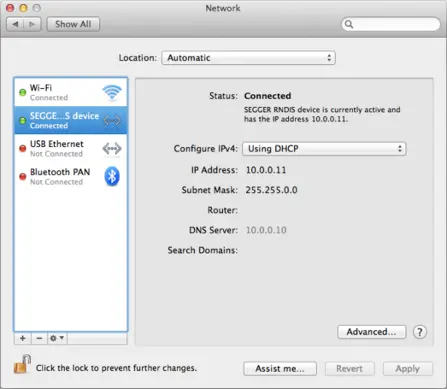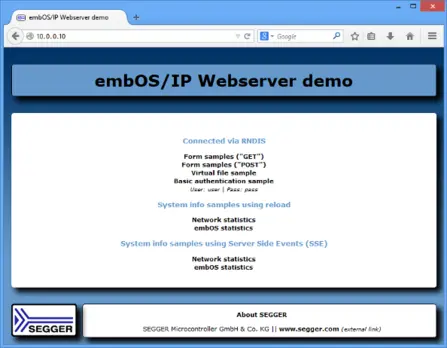RNDIS Class
Overview
emUSB-Device RNDIS allows a USB device to act as a virtual network adapter. This can be used to run any TCP/IP based application via USB. The most noteworthy application is a USB based webserver.
Key features
- Makes any TCP/IP application available via USB
- No host driver needed for Windows & Linux
- Small footprint
Application Samples emUSB-Device RNDIS
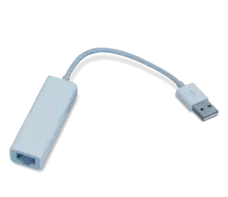
USB to Ethernet Adapter
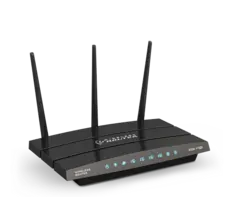
Router/Gateway
USB based webserver
The most noteworthy application is a USB based webserver. The USB webserver allows users to configure their device and to view data using a webbrowser. This saves development costs as there is no need to develop an application for every major operating system which would allow the user to interact with the USB device. The hardware costs can also be reduced as an Ethernet interface is not required.
IP Addresses
The RNDIS device requires two IP addresses. One IP address is used for the RNDIS virtual network interface, the second one for the actual device. IP addresses are defined by configuration. The default configuration uses 10.0.0.10 for the virtual host running the servers and 10.0.0.11 for the RNDIS virtual network interface.
Components
emUSB-Device RNDIS comes as a whole package and contains the following components:
- RNDIS device class implementation
- Network interface driver which uses emNet as a TCP/IP stack
- A sample application demonstrating how to work with RNDIS
The Remote Network Driver Interface Specification (RNDIS) is a USB class protocol created by Microsoft. A TCP/IP stack like emNet is required on the USB device side to handle the actual IP communication. Any available IP protocol (UDP, TPC, FTP, HTTP, etc.) can be used to exchange data.
USB RNDIS is supported by all Windows operating systems starting with Windows XP, as well as by Linux with kernel versions newer than 2.6.34. An .inf file is required for the installation on Microsoft Windows systems older than Windows 7. The emUSB-Device RNDIS package includes .inf files for Windows versions older than Windows 7, newer versions are supported out-of-the-box. With macOS a third-party driver can be used to get RNDIS to work. The driver can be downloaded from here. Because this is a third-party driver we can not guarantee correct functionality of the HoRNDIS driver.
One Bulk IN, one Bulk OUT and one Interrupt IN endpoint are required for emUSB-Device RNDIS.
emUSB-Device RNDIS can be used in combination with other interfaces (Bulk, CDC, MSD, MTP, HID) without any issues.
On a typical Cortex-M CPU running at 120MHz a transfer speed of about 5 MB/s can be achieved when using a high-speed USB connection.
Components required to use RNDIS class:
- emUSB RNDIS
- emUSB-Device core
- emUSB target driver
- emNet (IP stack)
